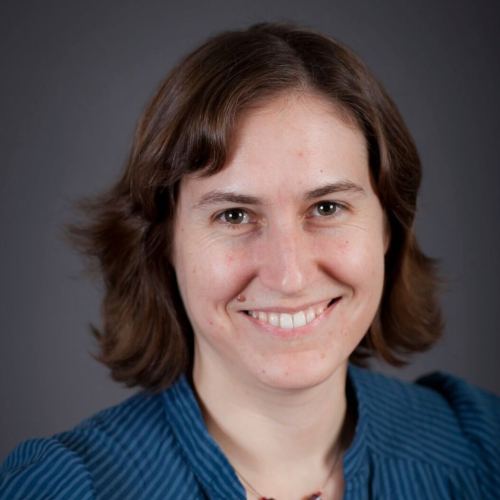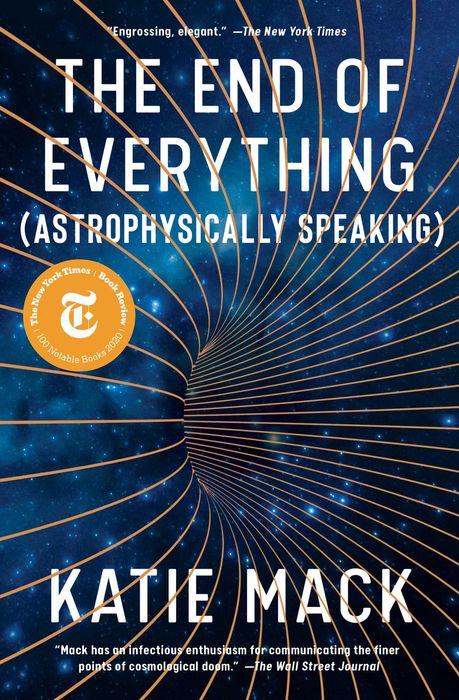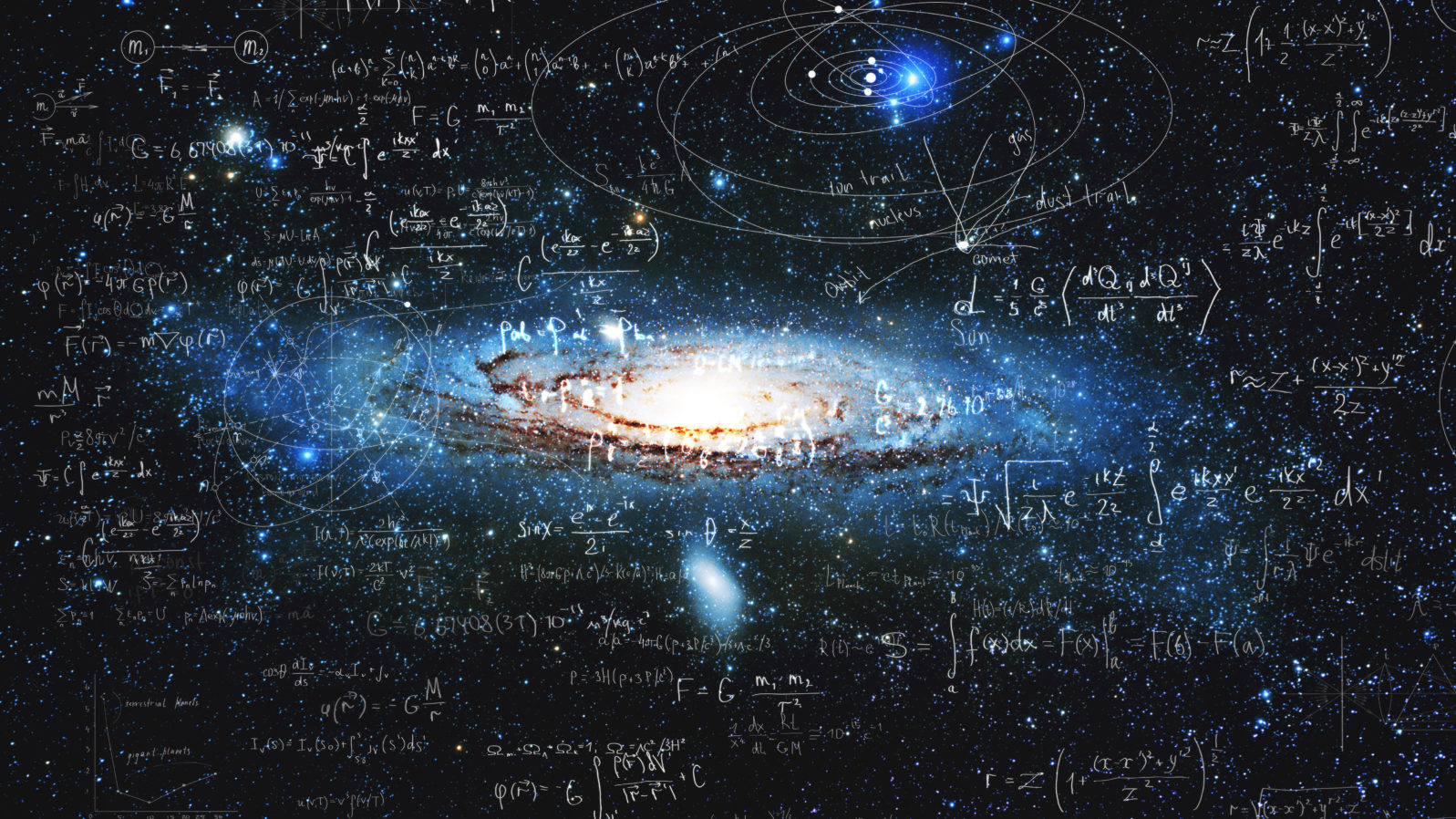Why a Science Fiction View of the Universe Makes Sense
Our universe is very difficult to understand, as a theoretical cosmologist explains
Theoretical cosmologist Katie Mack, author of The End of Everything: (Astrophysically Speaking) (2020) lists, in an essay based on her book, a number of facts about our universe that make it hard for us to even fathom it. Even astronomers, she says, have a hard time:
Here in the Solar System, space and time are both more or less well-behaved, but when you have to deal with the cosmos as a whole, you have to factor in the fact that it refuses to sit still for its fitting… If you look at a galaxy far, far away, not only do you have to factor in that the image you’re looking at is old, you have to account for the fact that it’s no longer where it was when you saw it.
Katie Mack, “Big space” at Aeon (July 31, 2020)
Yes, because of expansion and relativity, space is always changing. So is time.
Even time is distorted by the stretching of space. We can watch the brightening and dimming of that exploding star, as the shockwave tears through it, and say it took about 100 days to fade away. But if we compare it with a supernova nearby, on average, we’ll see that the distant one takes a few days longer. From our perspective, it’s exploding in slow motion.
Katie Mack, “Big space” at Aeon (July 31, 2020)
And that has a weird effect when we examine the age of the universe:
The distance to our cosmic horizon is not, as you might expect, 13.8 billion light-years. As we discussed above, distances are weird in an expanding universe. Something that was 13.8 billion light-years away when its light started the journey toward us is much farther away now. If you factor all that in, that glowing plasma we see at the very edge of the observable universe is actually somewhere around 45 billion light-years away now.
Katie Mack, “Big space” at Aeon (July 31, 2020)

One thing about the universe that troubles Mack is that it looks “too perfect”:
That background light we see right at the cosmic horizon, that afterglow of the Big Bang, tells us that a simple evolution from a singularity to the big beautiful universe we enjoy now just doesn’t make sense.
The problem is that the Big Bang’s afterglow, what we refer to as the cosmic microwave background, is too perfect. To an absurd degree of precision (one part in 100,000), it looks the same, in every direction. Same colour (or, rather, frequency, since it’s microwave light), same spectrum, same intensity. The reason that’s a problem is because there’s no reason why two regions on opposite sides of the sky should match in that way. Even if everything started together, wrapped up in a singularity, the way it expanded outward should have introduced extreme differences in different parts of the early cosmos. Regions that are now far apart from each other in the expanding fireball stage of cosmic evolution never had a chance to come to an agreement on what temperature to be. The cosmic microwave background should be drastically different on one side of the sky than it is on the other.
Katie Mack, “Big space” at Aeon (July 31, 2020)
But now the diligent reader must ask a question: “Too perfect” for what, exactly? If the universe was designed, as most people assume, it might be similar in all directions for the same reasons as the spokes on a bicycle wheel are similar in all directions. Certainly, if we are ever in a position to explore any part of our universe, such similarity will turn out to be a great advantage.
Mack explores many issues in cosmology and her essay is a most interesting read.
You may also wish to read:
Recent science papers support science fiction premises. There isn’t a crystal clear boundary; both science and science fiction achievements require imagination. Of course, science can deal only in fact but many of the facts scientists are unearthing can support science fiction premises. Here are five examples.
and
A physicist defends imperfection in our universe: It’s essential.We owe our existence to the fact that our universe is full of lopsided, not balanced, quantities. Great physicist Paul Dirac discovered antimatter by assuming symmetry (a quality of perfection). But in the details, the wheels came off.
